Vespers: Series II
Vespers Series 2 : data-driven material modeling
Synopsis
Vespers is a collection of masks exploring what it means to design (with) life. From the relic of the death mask to a contemporary living device, the collection embarks on a journey that begins with an ancient typology and culminates with a novel technology for the design and digital fabrication of adaptive and responsive interfaces. We begin with a conceptual piece and end with a tangible set of tools, techniques and technologies combining programmable matter and programmable life.
The project points towards an imminent future where wearable interfaces and building skins are customized not only to fit a particular shape, but also a specific material, chemical and even genetic make-up, tailoring the wearable to both the body and the environment which it inhabits.
Imagine, for example, a wearable interface designed to guide ad-hoc antibiotic formation customized to fit the genetic makeup of its user; or, consider smart packaging or surface coatings devices that can detect contamination; finally, consider environmentally responsive architectural skins that can respond to, and adapt—in real time—to environmental cues. Research at the core of this project offers a new design space for biological augmentation across a wide breadth of application domains, leveraging resolution and scale.
The collection includes three series. The first series features the death mask as a cultural artefact. The final series features a living mask as an enabling technology. The second series mediates between the two, marking the process of ‘metamorphosis’ between the ancient relic and its contemporaneous interpretation.
The living masks in the final series embody habitats that guide, inform and ‘template’ gene expression of living microorganisms. Such microorganisms have been synthetically engineered to produce pigments and/or otherwise useful chemical substances for human augmentation such as vitamins, antibodies or antimicrobial drugs.
Combined, the three series of the Vespers collection represent the transition from death to life, or from life to death, depending on one’s reading of the collection.
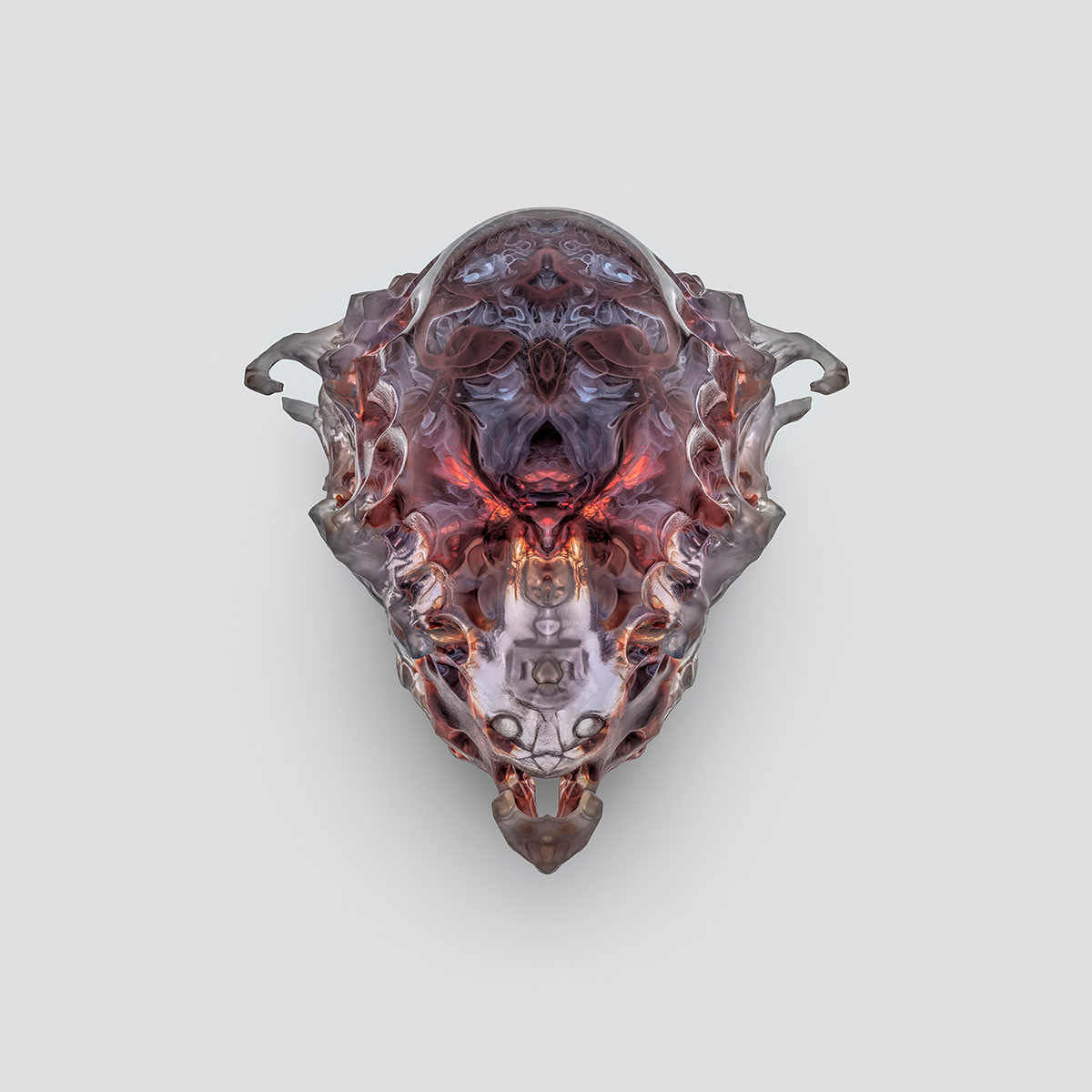
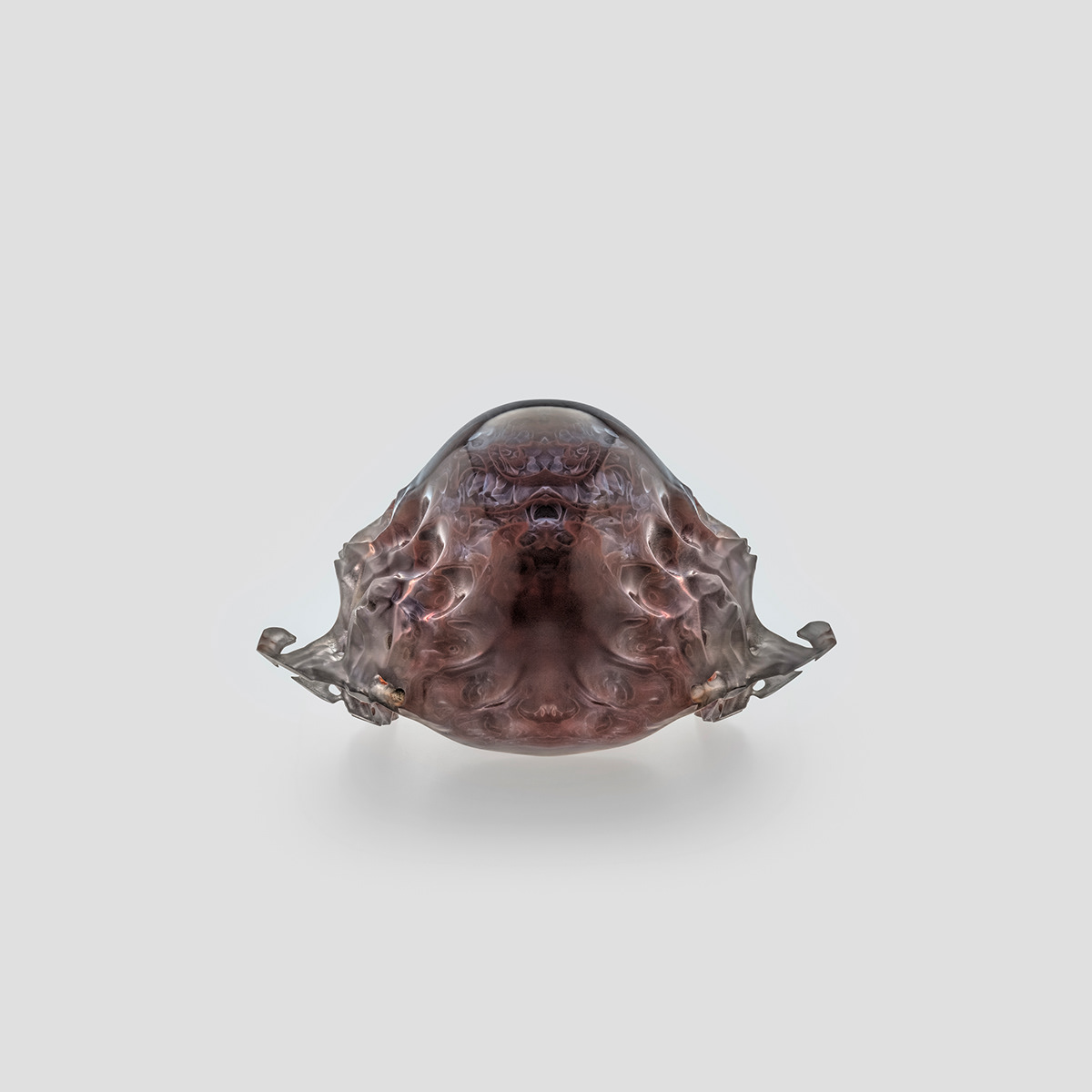
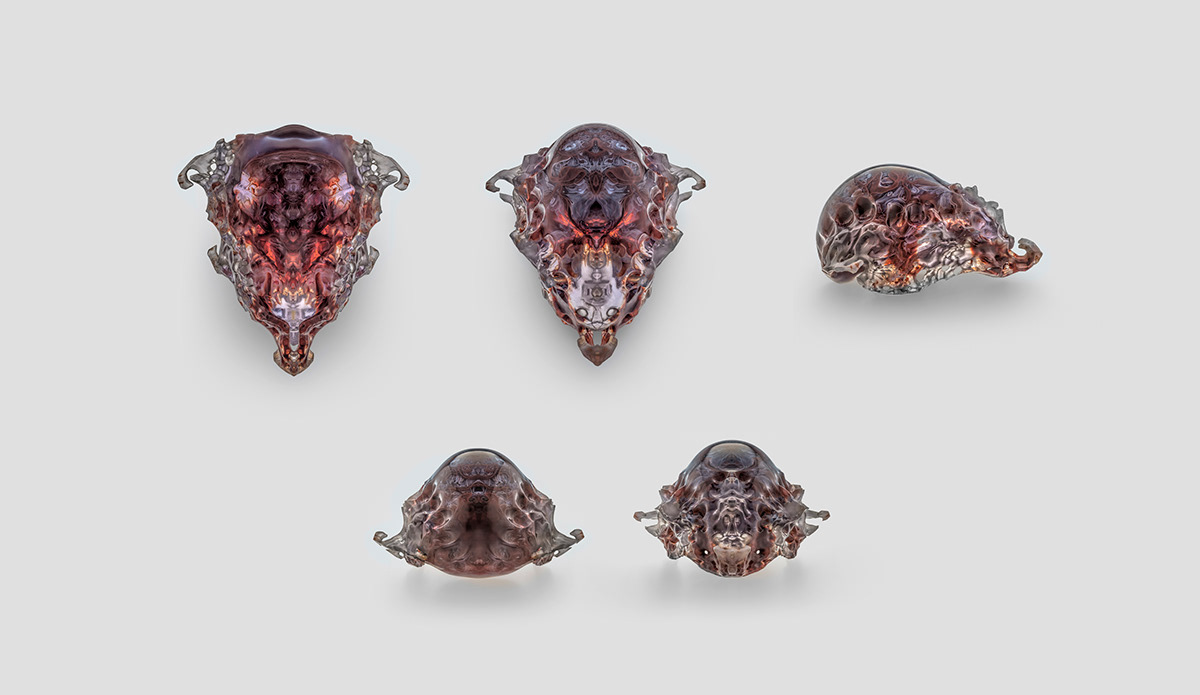
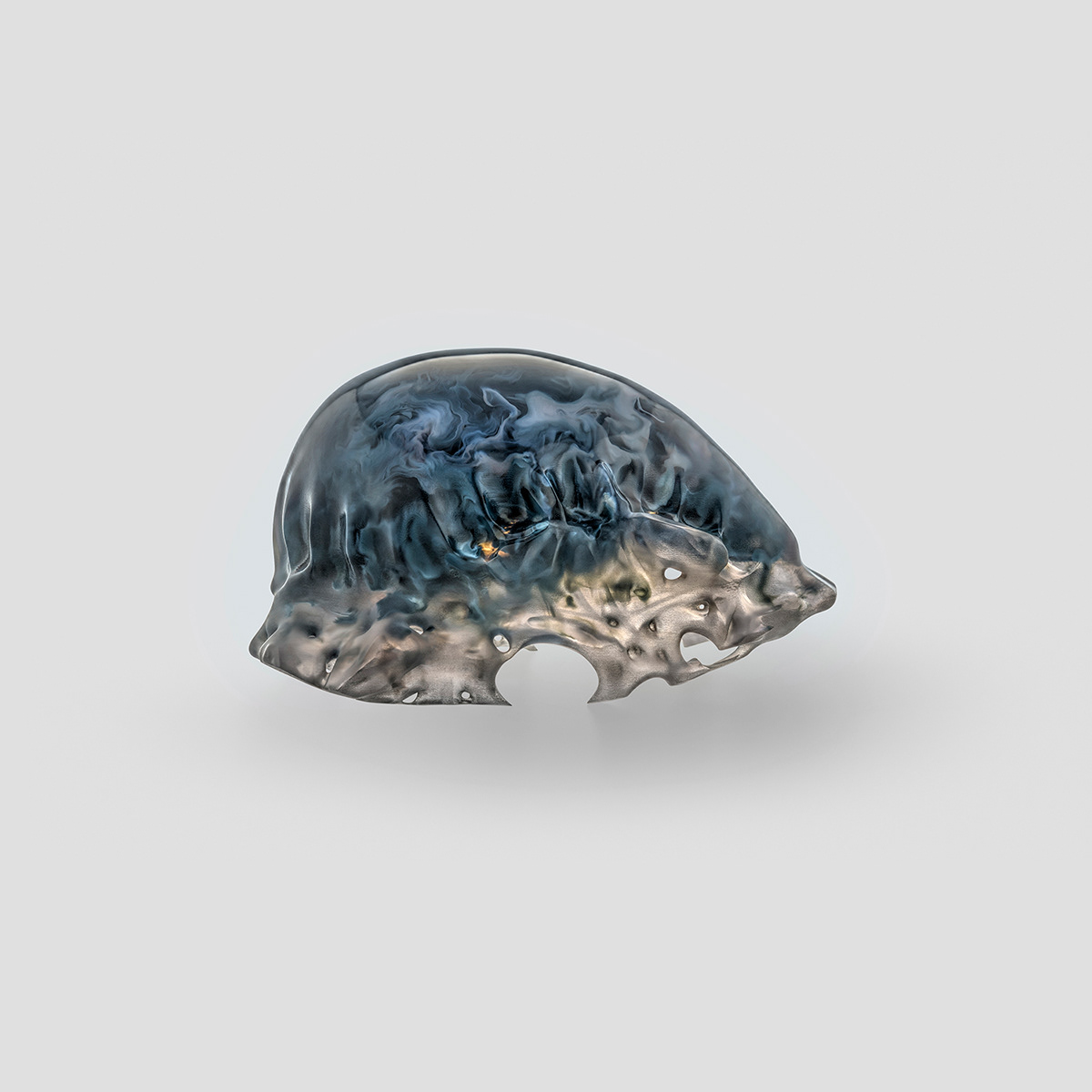

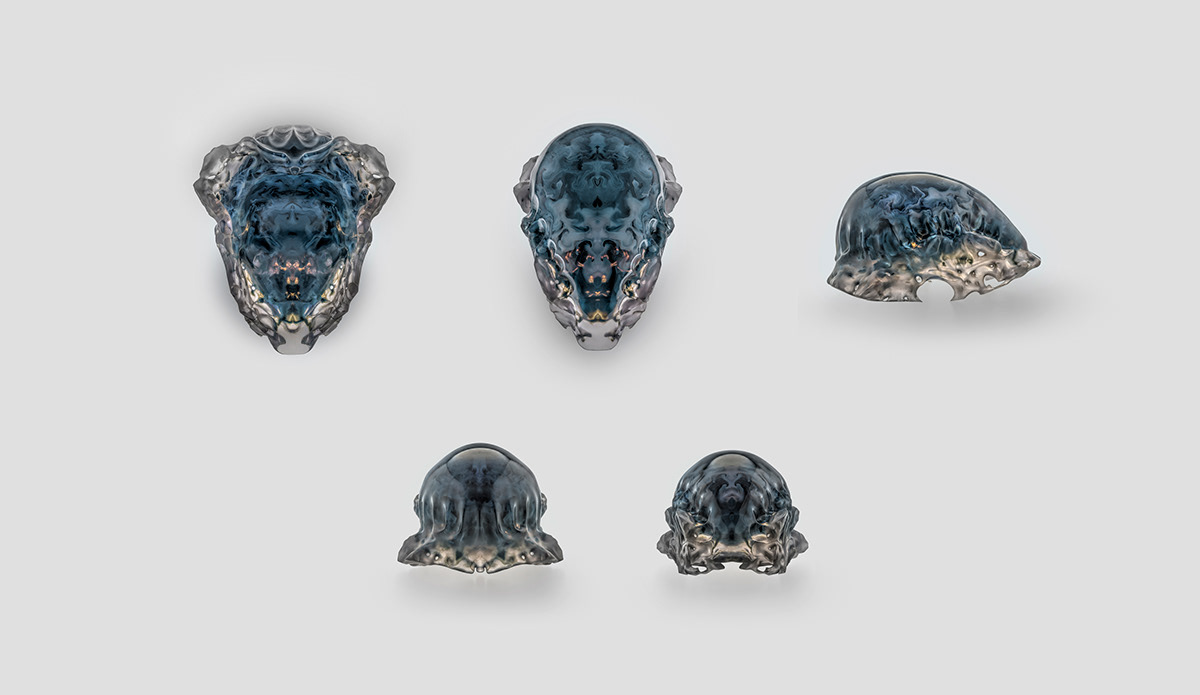
General Description
The custom of the death mask in the ancient world was believed to strengthen the spirit of the deceased and guard their soul from evil spirits on their way to the afterword. In this view, death is a conduit to a form of rebirth. The mythical notion that the soul can be guided from a state of death to a new state of life inspired the design of the masks in the second series.
The second series explores the transition between life and death implying the progression of the death mask from a symbolic cultural relic (in the first series) to a functional biological interface (in the third series). It moves beyond the exterior surface and into the interior volume of the mask, employing a contemporaneous interpretation of the soul’s journey.





The inner structures are entirely data driven and are designed to match the resolution of structures found in nature. Expressed through changes in formal and material heterogeneity—from discontinuous to smooth, from surface to volume, from discrete to continuous —this series conveys the notion of metamorphosis.
Using spatial mapping algorithms, the culturally coded surface colorations and truncated geometries in the first series are transformed into colored, internal strands within transparent, smoothly curved volumes in the second. For example, the distribution of colors across the ‘crown of thorns’ mask in the first series becomes internal nerve axons in its martyr’s mask in the second series (look for purple mask with ‘thorns’).
In this series, it is the interplay of light that reveals these internal structures. Like spirits (from Latin spiritus, meaning “breath”), the internal structures reference the distribution of the martyr’s last breath.

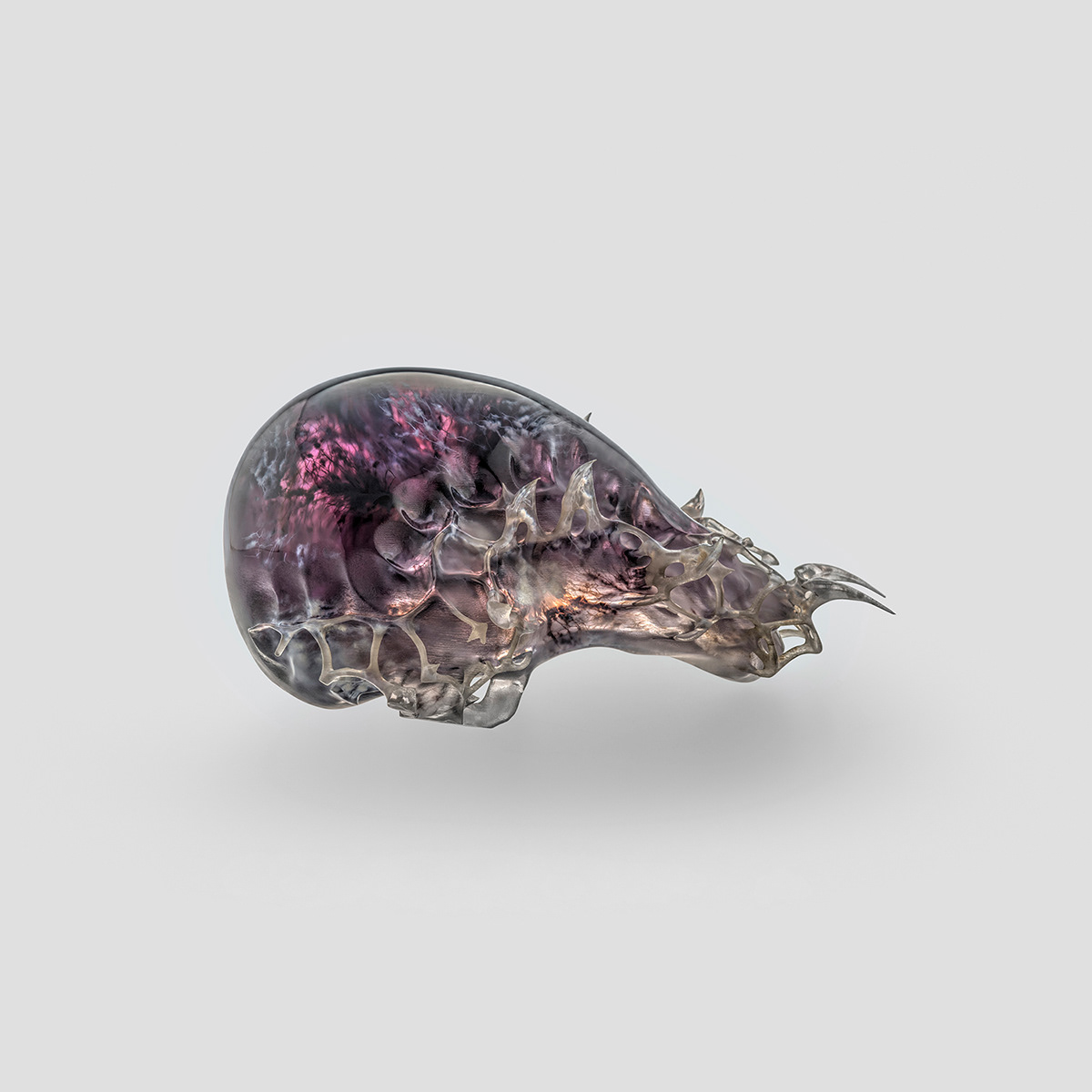
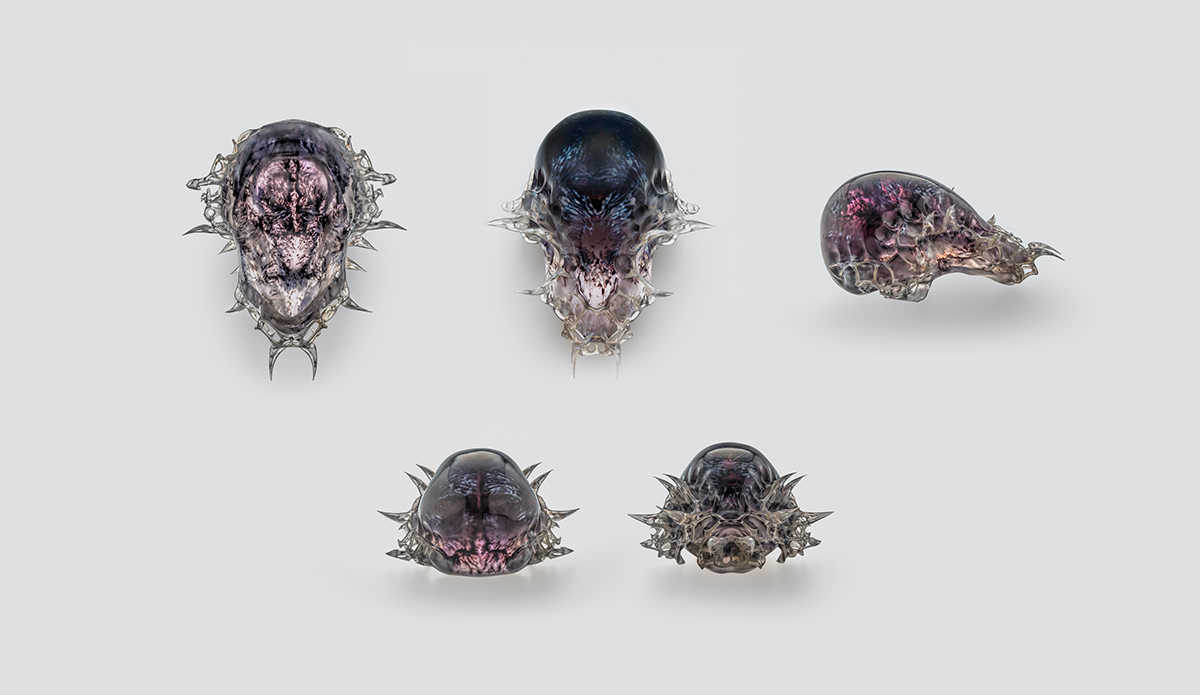
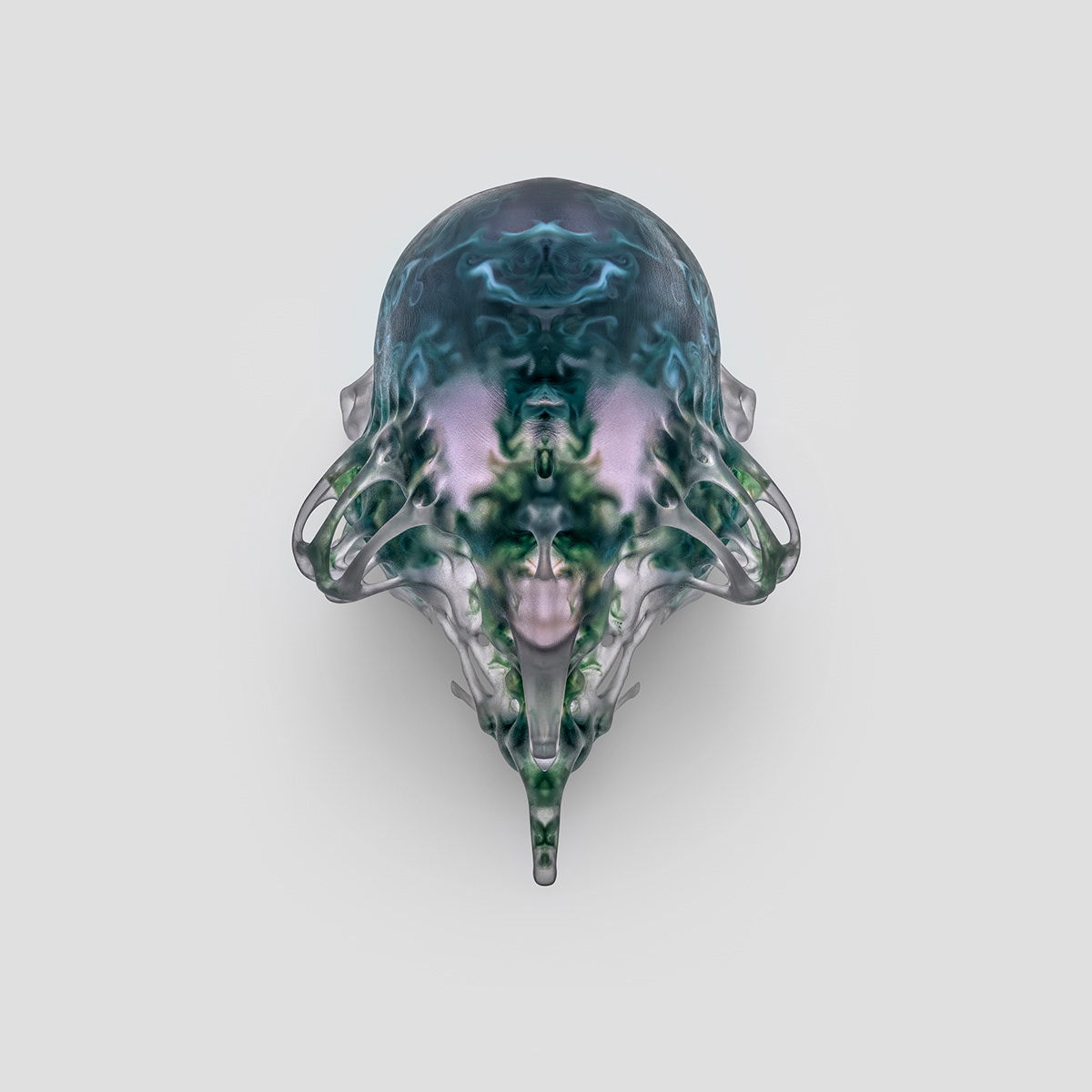
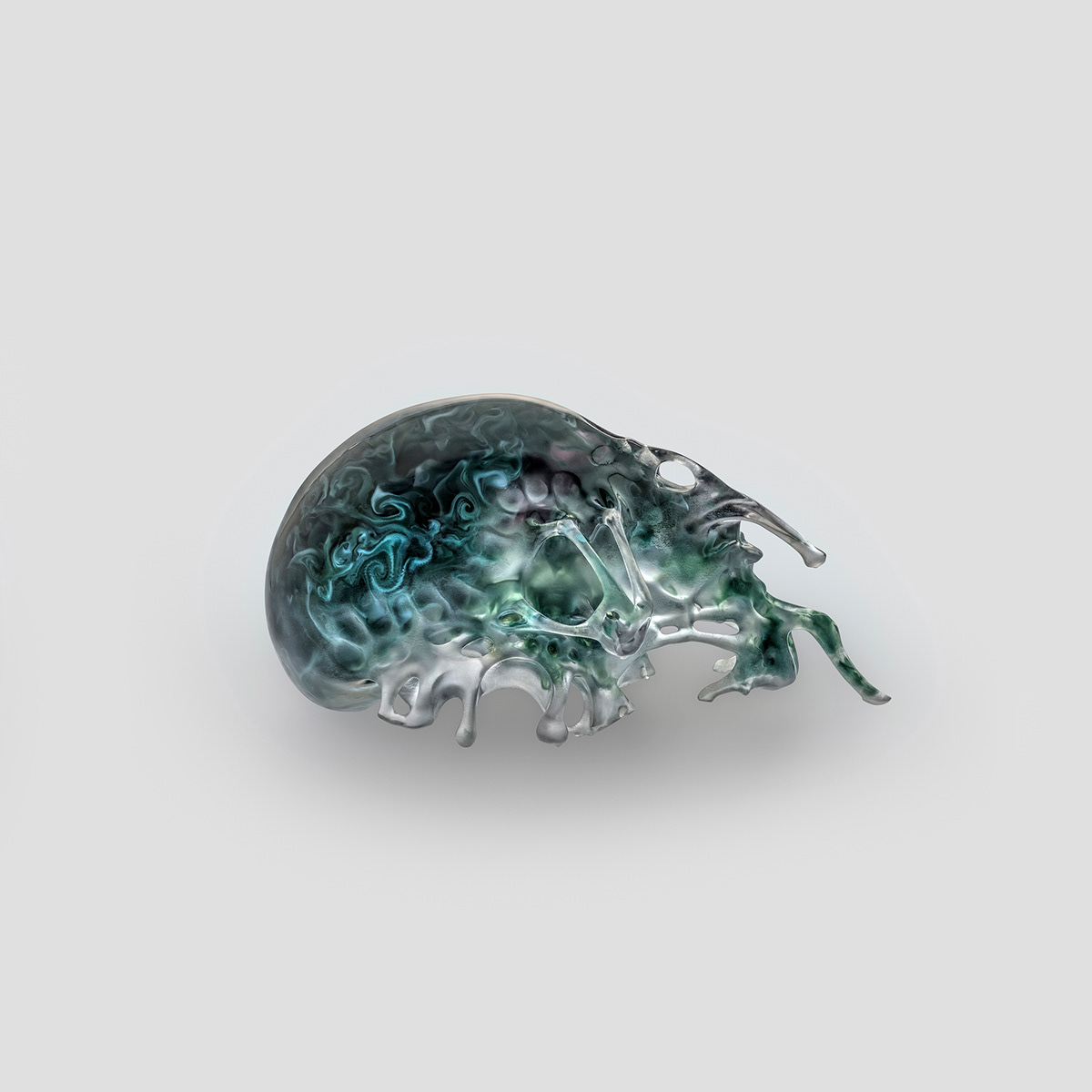
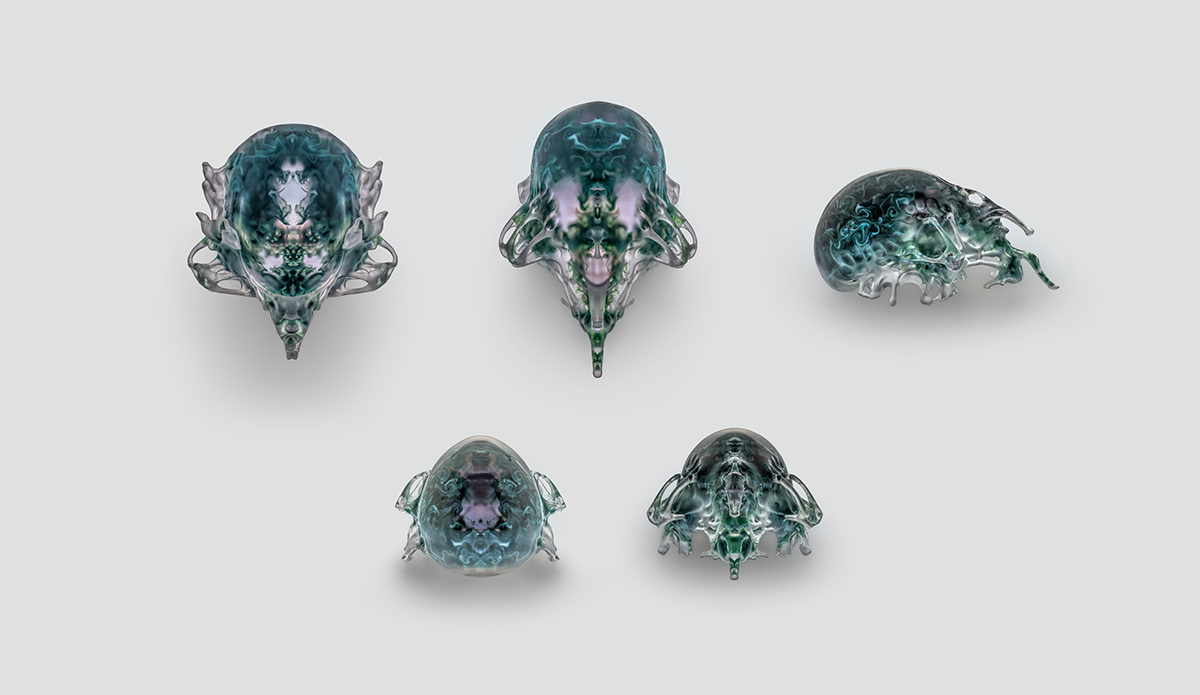
Technical Description
We are working on a data-driven approach for the creation of high-resolution, geometrically complex, and materially heterogeneous 3D printed objects at product scale. Titled Data-driven Material Modeling (DdMM), this approach utilizes external and user-generated data-sets for the evaluation of heterogeneous material distributions during slice generation for 3D printing, thereby enabling the production of voxel-matrices describing material distributions for bitmap-printing at the printer’s native resolution.
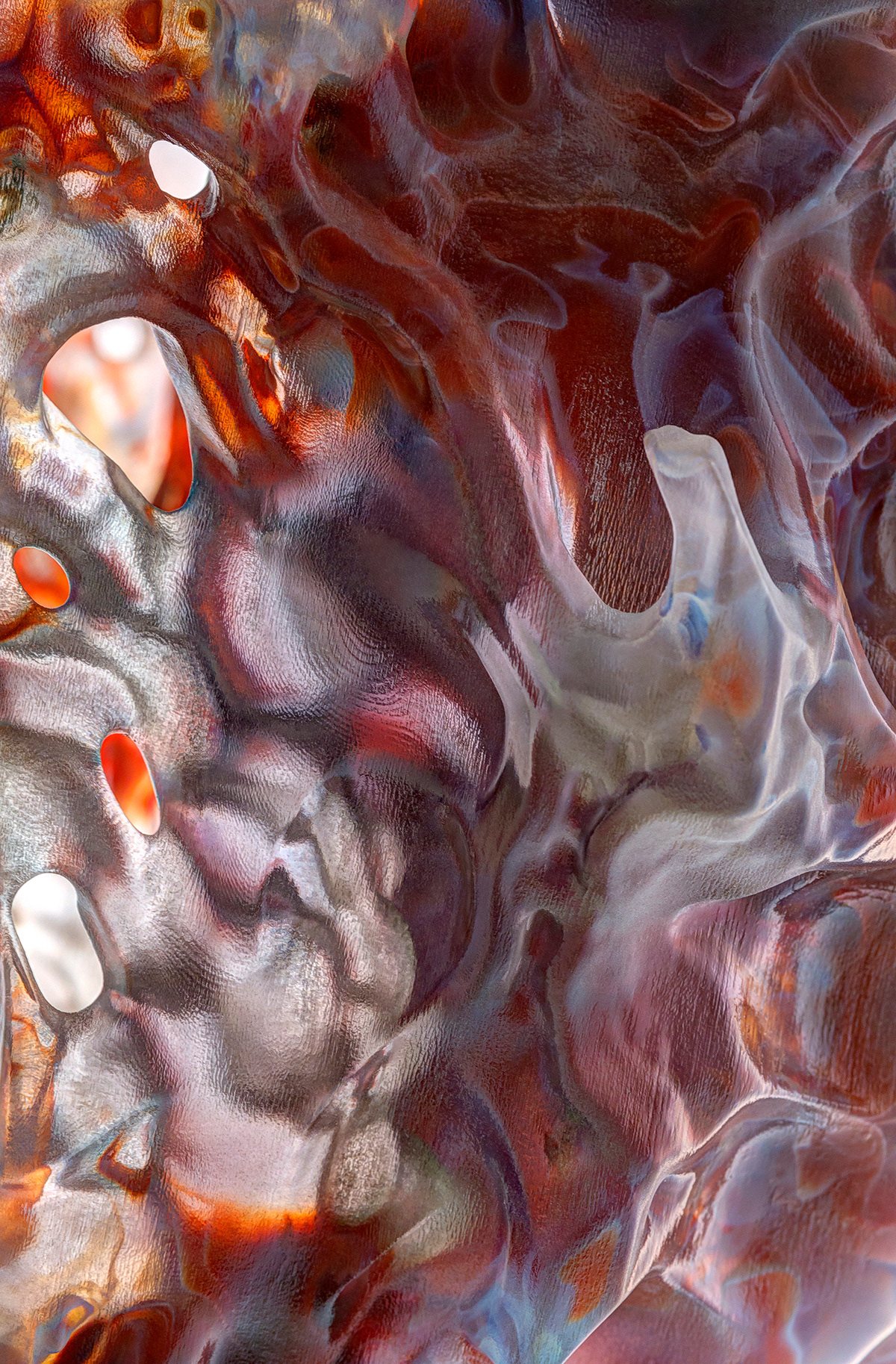
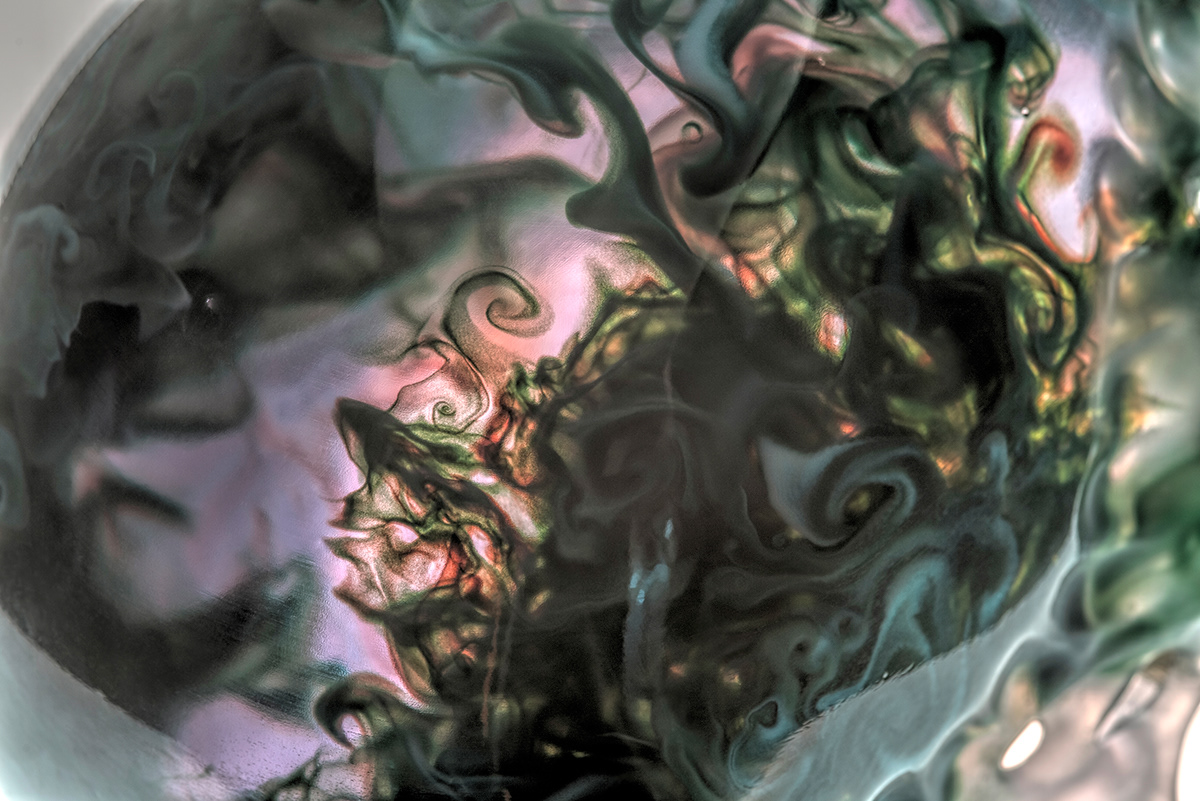
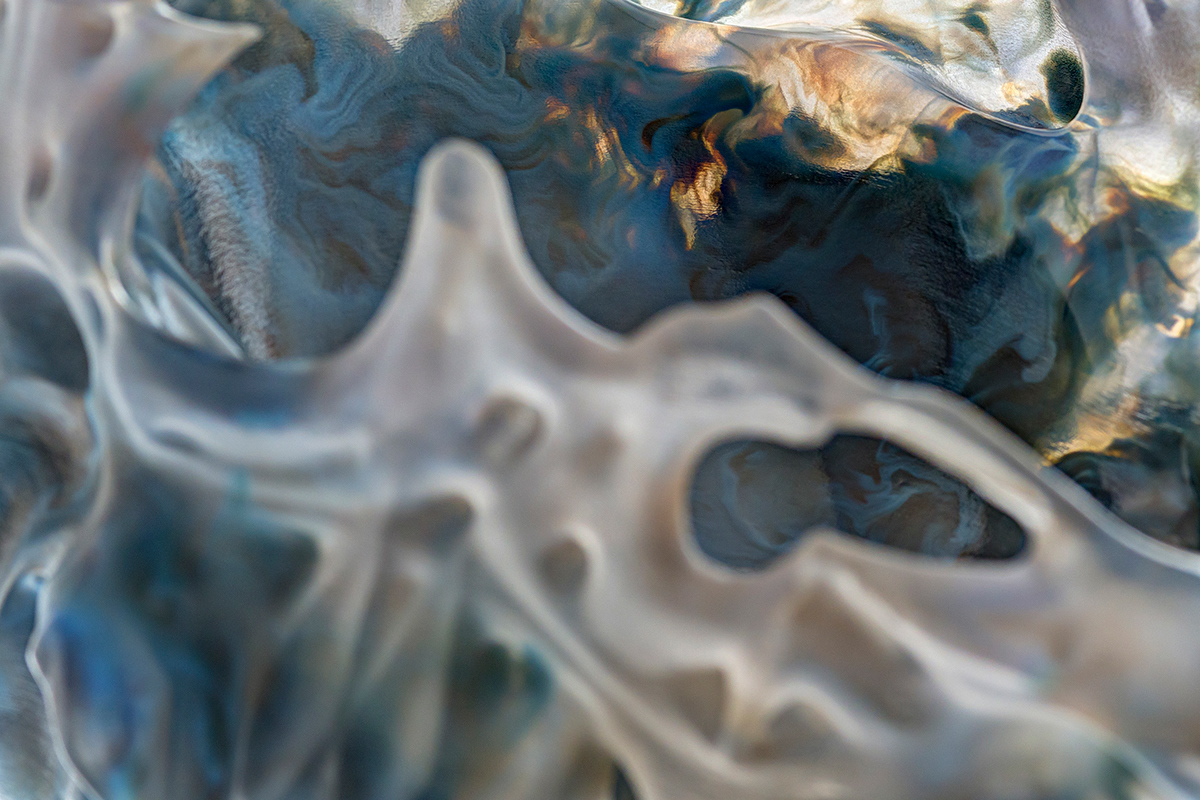
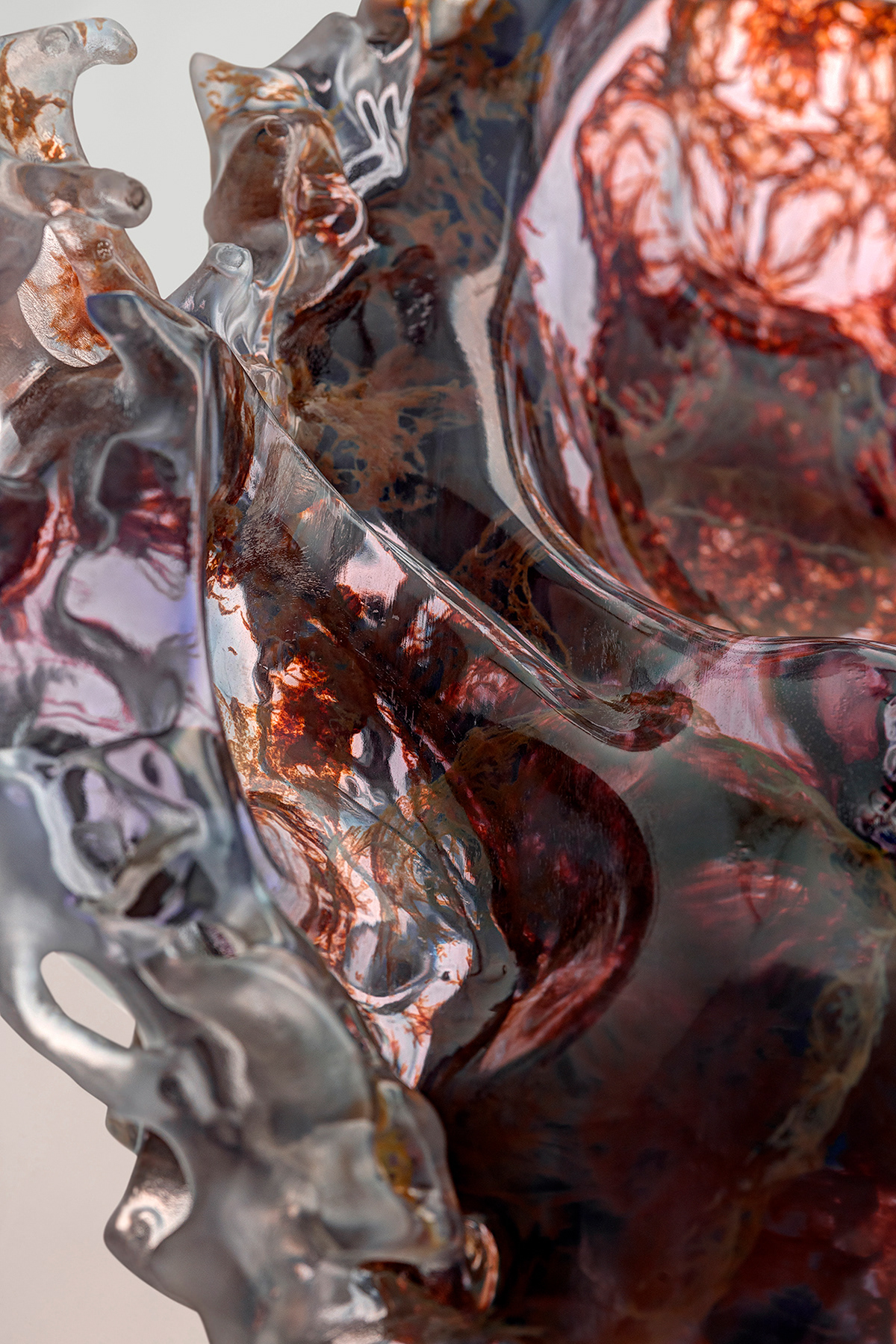
The series utilizes our bitmap-slicing framework to inform material property distribution in concert with slice generation, in real time. In contrast to existing approaches occupying the intersection of computational design and additive manufacturing, this framework emphasizes the ability to integrate multiple geometry-based data sources to achieve high levels of control for applications in a wide variety of design scenarios.
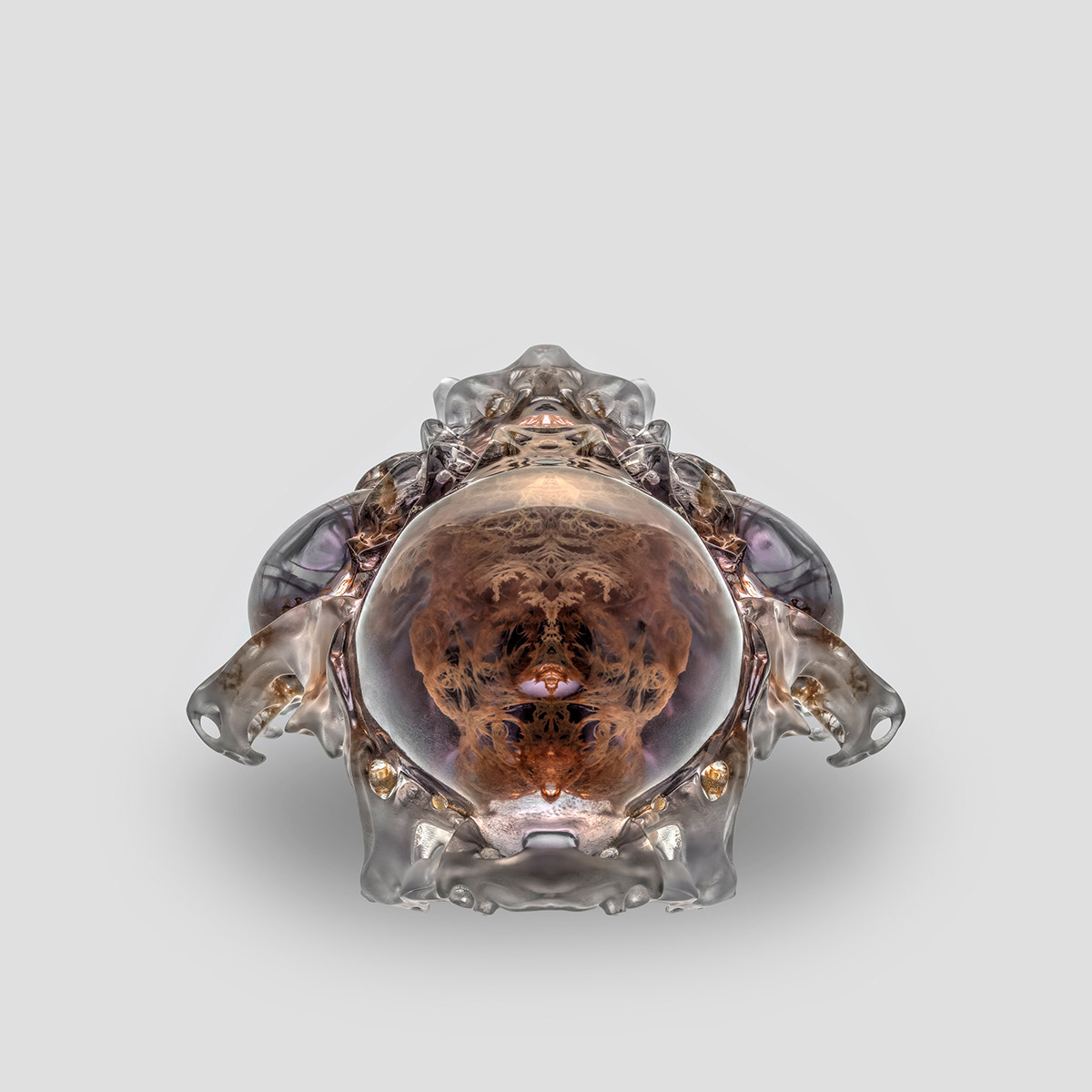


Acknowledgements
Jeremy Flower, Kelly Egorova, Ahmed Hosny, Wendy Salmon, Tzu Chieh Tang, Noah Jakimo
Naomi Kaempfer, Boris Belocon, Gal Begun
MIT Environmental Health and Safety, Media Lab Facilities, The Center for Bits and Atoms
The Vespers series was created in collaboration with Stratasys for the New Ancient collection.
Naomi Kaempfer, Boris Belocon, Gal Begun
MIT Environmental Health and Safety, Media Lab Facilities, The Center for Bits and Atoms
The Vespers series was created in collaboration with Stratasys for the New Ancient collection.


